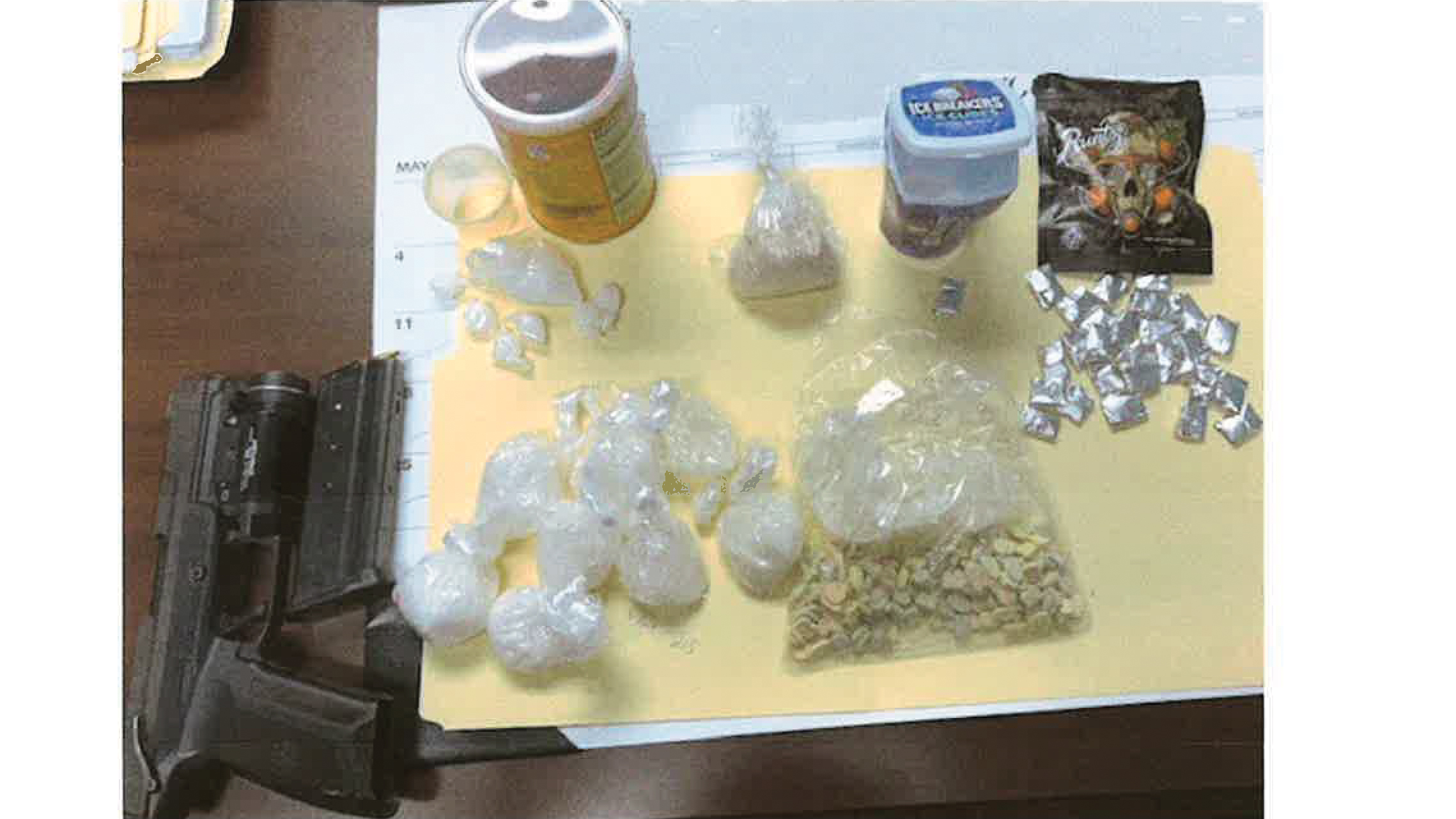Soil testing
Published 5:19 pm Saturday, September 17, 2016
Fall is a great time to take a soil sample. Soil test results tell you how much lime and fertilizer you need to apply, depending on the crop you will be growing. In general, every three years is a good ‘rule of thumb’ for testing.
A soil test will give you the following information:
• Current pH level of your soil.
• Principal nutrient levels.
• Quantity of lime you may need to apply.
• Amount of fertilizer needed.
The results of your soil test are only as good as your sampling method. Good sampling procedures include:
• Divide your farm into fields or areas for sampling. If you have areas with different crop growth, soil colors, or lime and fertilizer histories, take a sample from each area. Keep the samples separated.
• Collect samples that provide a general example of the field or area sampled.
• Do not sample areas that are too small to be fertilized or limed separately. Do not sample unusual areas such as wet spots, burn piles, feeding areas, old fence rows and other problem areas.
• Use a proper sampling tool, such as a soil tube or auger. A shovel or trowel may be used if necessary.
• Take a 6-inch-deep core of soil from at least 15 different places in the sampling area. Lawns may be sampled at a 3-inch depth. Mix together the cores from one field or area. A pint of the mixed soil is adequate for a soil test.
• Identify the samples by letter or number. Make a sketch or record of some kind, so you will know where the sample came from.
• Soil testing boxes and submission forms are available at the Lincoln County Extension office. The price for testing is $8.
Normally, soil test results are returned within two weeks. This will give you time to apply recommended amounts of lime that will react with your soil over the winter months. Call the Extension Office if you have questions concerning sampling or interpretation of your results.
Rebecca Bates is director of the Lincoln County Cooperative Extension Service. To contact her, call 601-835-3460





